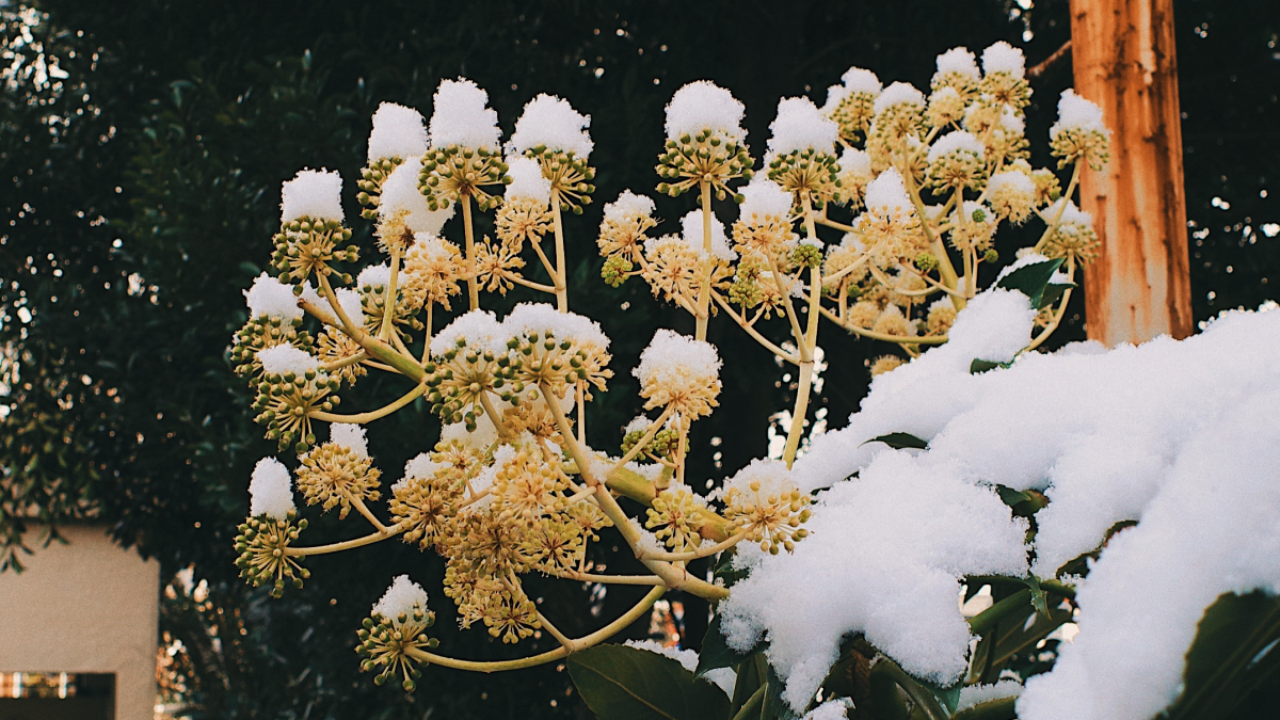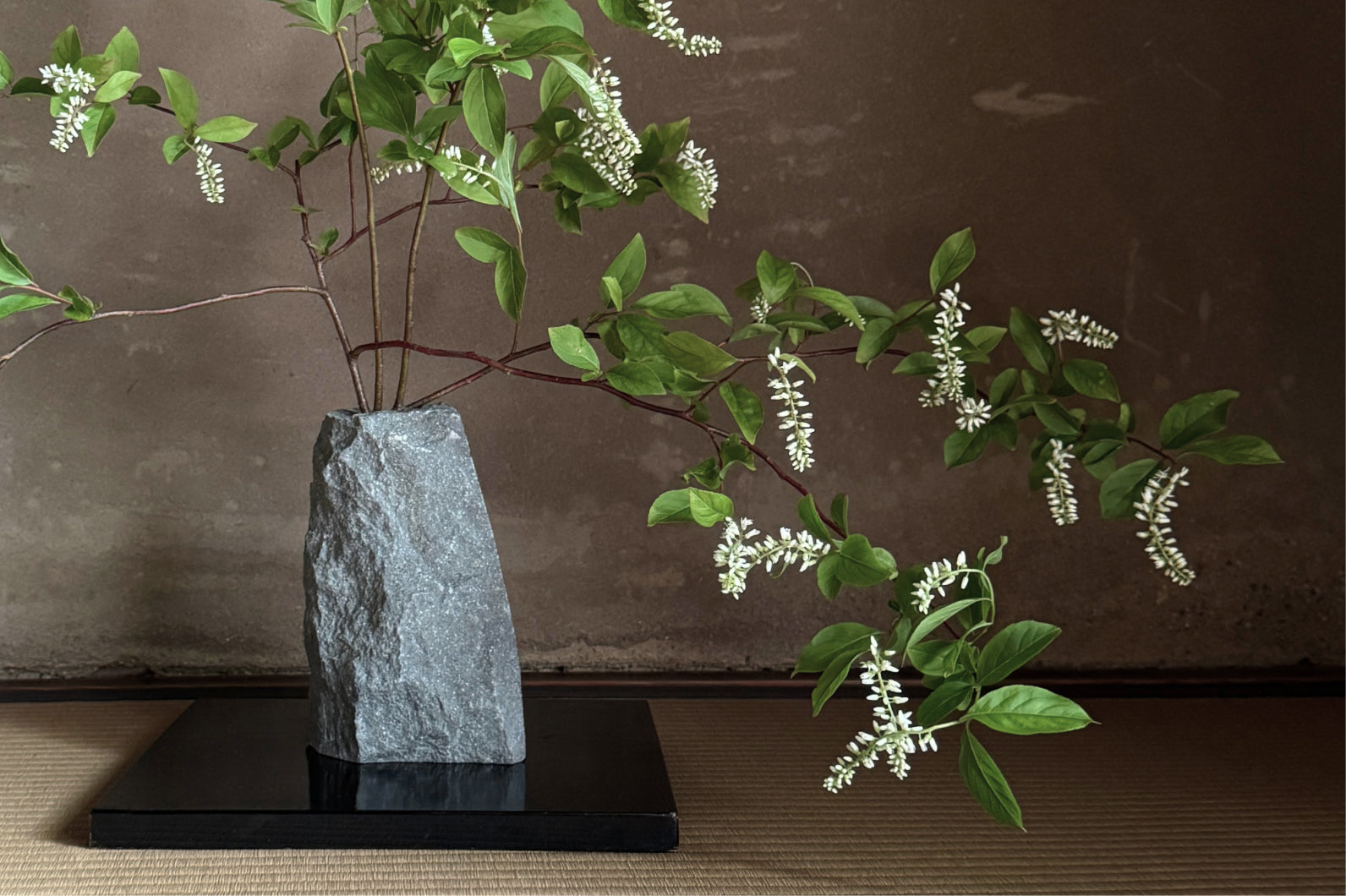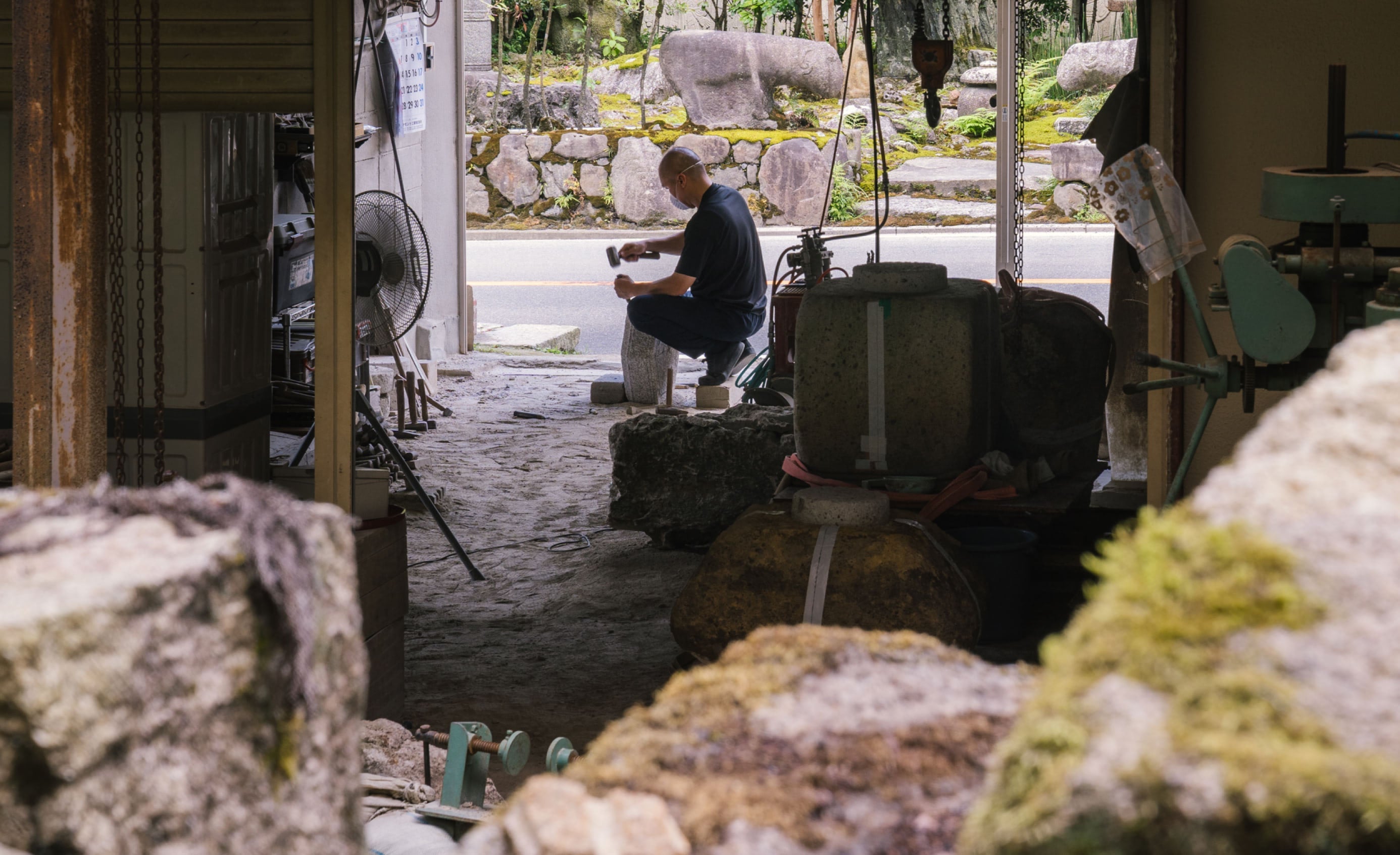This edition of The Kintsugi Dictionary is quite the deal. It's three-in-one, as there are three sub-categories of "seasonal" to more precisely describe the evolution of flora, fauna, and the human experience. Seasonality is a fundamental element of Japanese food and art, design and culture. According to koyomi, the traditional Japanese microseasonal calendar, there are of course the four main seasons: Spring, Summer, Autumn, Winter. But then each season is broken down into 24 sub-seasons. And each of these 24 sub-seasons are broken down even further into 72 microseasons. Every five days the seasons change, telling the tale of how a single year evolves bit by bit. Everything is simultaneously ephemeral and cyclical.
HASHIRI
The tale of the year reminds us that we have already entered Spring. Yes, it is indeed still quite cold and even snows from time to time, but if you quiet your mind and tune in to the natural world just a bit, you will notice that the harshest cold has passed and there is a moment of warm respite midday. These are the hashiri, the inklings of Spring.
Japan has now become well-known for hanami, or flower viewing, which points to cherry blossom season mid March through mid April. However, our ancestors associated hanami to plum blossoms, with their charming, round petals signaling the First of Spring. Their cherub faces celebrate birth and rebirth. They are the hashiri of Spring.
SHUN
Shun is what most of the world would consider "seasonal" or "in-season". It signifies the peak of the lifecycle. When something is perfectly ripe or in full bloom.
NAGORI
And nagori are the remnants of the previous season.
So in Japan, when a fruit or vegetable is in season, the way in which that fruit or vegetable is prepared depends on where along the seasonal spectrum they fall. If it is still hashiri, then they may be a little green. Perfect for pickling or made into a vinegar. If it is shun, then they are best eaten as is with very little preparation. And during their nagori period, stews, jams, or sauces may be most appropriate.
What's fun about cooking or observing the seasons as they change every five days is noticing when there is collaboration between the nagori of one and the hashiri of the other. This time of year for example, root vegetables are still prevalent but early spring greens are also available. The grounding qualities of the former and the lightness of the latter are exactly what suits are bodies and minds during these first weeks of Spring.
We also use the word nagori in speaking about tableware repair, as well as when speaking about matters of the heart. When describing the keshiki, the landscape or scenery developed by highlighting the fractures through kintsugi, we say that it is the nagori of all that has happened. And it is remembered and celebrated here.







